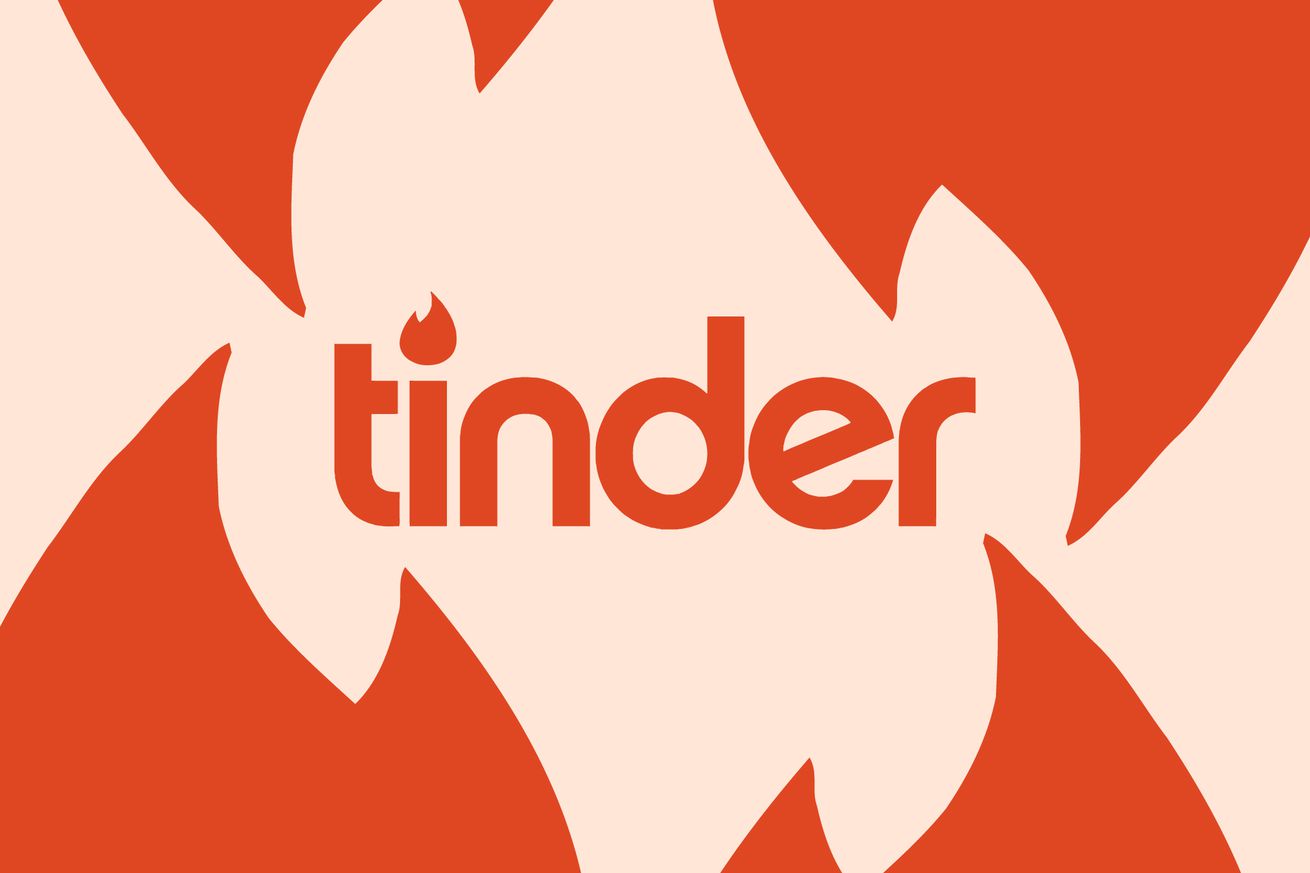
How Tinder changed everything
When Tinder launched in 2012, its creators didn’t think much of it. “We put together what would eventually become Tinder in about six to eight weeks and launched it,” says Jonathan Badeen, one of Tinder’s co-founders and inventor of the swipe. The swipe was kind of like Tinder’s secret weapon — it seems obvious now, but a decade ago, swiping transformed mobile dating by turning it into a kind of game.
Swiping was fun and compulsive, keeping users on the app for hours on end. It releases dopamine, a chemical in your brain that gives you a sense of pleasure, which, according to Dinesh Moorjani, another of Tinder’s co-founders, kept users hooked on the platform. “We had some users that were using the app north of 30 to 40 times a day.”
“You can just kind of go down a rabbit hole and stay there for hours. You might even miss going out to a party because you’re stuck in that loop,” adds Natasha Schüll, an anthropologist at NYU who studies technology and gaming design. She says that Tinder has the same gaming qualities as slot machines, and users fall into the same kind of endless gaming loops she observed in Vegas gamblers.
But does swiping lead to love? In this season of Land of the Giants: Dating Games, we’re examining whether the business goals of dating app companies align with their users’ romantic aspirations. Our first episode dives into Tinder and asks whether the swiping game really leads to connections — or just more money for Tinder.
By 2014, Tinder reported that it had made more than 2 billion matches — but that doesn’t mean 2 billion happy relationships. And while Tinder’s business model has been a success — it’s consistently one of the top-grossing apps year after year — its effect on users is less clear. “I got on Tinder almost at the start, and it’s been like my leash for a decade now,” says New York Magazine writer Allison Davis. “Tinder is my longest-running relationship.”
Listen to the first episode of Land of the Giants: Dating Games, a co-production between The Cut, The Verge, and the Vox Media Podcast Network. You can catch new episodes on Apple Podcasts, Google Podcasts, Spotify, or wherever you get your podcasts.

